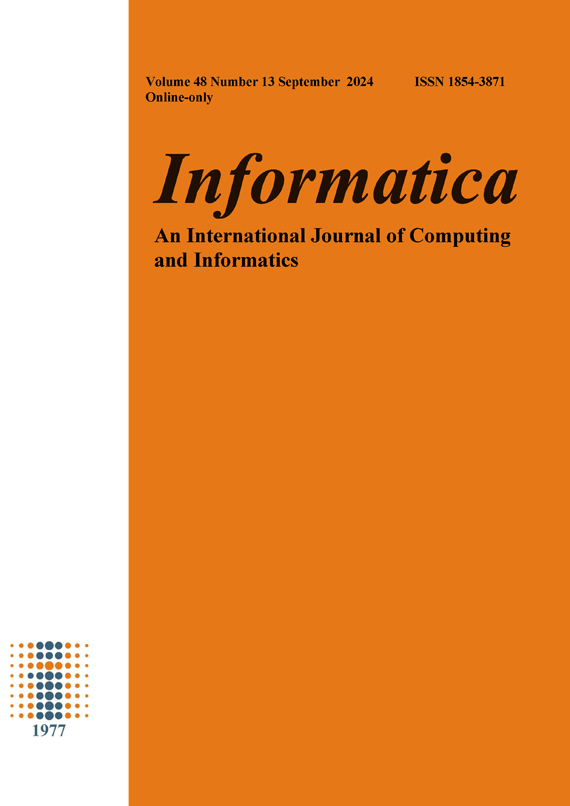3D-CNN-based Action Recognition Algorithm for Basketball Players
DOI:
https://doi.org/10.31449/inf.v48i13.6100Abstract
With the development of artificial intelligence, there are numerous analysis methods for human action recognition. In basketball, its technical action features are obvious, so the feasibility of recognizing and classifying its technical actions is high. However, due to the existing action recognition methods are difficult to effectively utilize continuous frames, resulting in poor accuracy of basketball technical action recognition. Thus, the study suggests a continuous frame action identification approach based on the single-shot multi-edge detection algorithm and 3D convolutional neural network in order to enhance the performance of technical action recognition. The experimental results revealed that single shot multibox detector algorithm accurately recognizes the human body in the image and labels its confidence level. In addition, in basketball action recognition, the loss value of original frame was 6.0 and 6.8 on the training set and validation set, respectively, and the loss value of crop frame was 5.1 and 5.9 on the training set and validation set, respectively. 3D convolutional neural network achieved the highest classification accuracy of about 88.3% for the stop-and-go jump shot action in the original frame and its crop frame with an average recognition rate of about 90.3%. The recognition accuracies of original frame and crop frame increased with the increase of epoch, and reached a stable state when the epoch was 30, due to the presence of variable features in the European step, change of direction, and Sam Gould's action, which led to misjudgment of both original frame and crop frame. The accuracies of the original frame training set and test set were 0.91 and 0.81, respectively, and the accuracies of the crop frame training set and test set were about 0.92 and 0.81, respectively. After the fusion of the original frame features and the crop frame features, the average recognition rate was about 94.6%, which was significantly higher than that of the single-resolution recognition. Recognition. In addition, with the increase of frame input, the F1-measure gradually increased, while the false positive rate gradually decreased. When the frame input was 7, the F1-measure and the misjudgment rate were 0.79 and 0.19, respectively. When the frame input was 16, the F1-measure and the misjudgment rate were 0.92 and 0.05, respectively. The above results show that the continuous frame action recognition method based on single-shot multi-frame detection algorithm and three-dimensional convolutional neural network can realize the accurate recognition of the technical action in basketball video.Downloads
Published
Issue
Section
License
I assign to Informatica, An International Journal of Computing and Informatics ("Journal") the copyright in the manuscript identified above and any additional material (figures, tables, illustrations, software or other information intended for publication) submitted as part of or as a supplement to the manuscript ("Paper") in all forms and media throughout the world, in all languages, for the full term of copyright, effective when and if the article is accepted for publication. This transfer includes the right to reproduce and/or to distribute the Paper to other journals or digital libraries in electronic and online forms and systems.
I understand that I retain the rights to use the pre-prints, off-prints, accepted manuscript and published journal Paper for personal use, scholarly purposes and internal institutional use.
In certain cases, I can ask for retaining the publishing rights of the Paper. The Journal can permit or deny the request for publishing rights, to which I fully agree.
I declare that the submitted Paper is original, has been written by the stated authors and has not been published elsewhere nor is currently being considered for publication by any other journal and will not be submitted for such review while under review by this Journal. The Paper contains no material that violates proprietary rights of any other person or entity. I have obtained written permission from copyright owners for any excerpts from copyrighted works that are included and have credited the sources in my article. I have informed the co-author(s) of the terms of this publishing agreement.
Copyright © Slovenian Society Informatika








